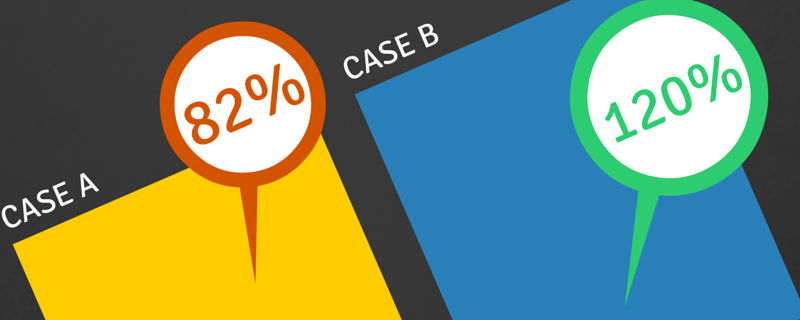BLOG
Top 5 Myths about Website Conversion
Until they try it for themselves, most people have no idea how quickly inbound marketing strategies yield results. It’s staggering how after mere months of producing high quality content and spurring conversations with your target audience via social media, the numbers are there to demonstrate the positive effect of these tactics.
This is great progress. However, it’s just the first step. You can have millions of site visitors each month but it makes no difference unless some of them are actually buying your products or signing up for your services. This is where conversion or lead generation plays a role. You must learn more about your customers in order to convert them into leads.
The following details the top five myths about conversion and how you can use the best content marketing tactics to avoid them.
Creating unique landing pages isn’t important.
One of the biggest challenges in the marketing industry is to build and optimise unique landing pages. Just under one third of B2B companies have less than six landing pages. Is this really a big deal? Think about the fact that businesses with 30 or more landing pages generate seven times more leads than companies with one to five pages. Companies with 40 or more landing pages go on to generate 12 times more leads than their counterparts with one to five landing pages.
Having more landing pages helps you convert more leads through a wide range of avenues. With a higher number of pages, you have better odds of ranking in major search engines, getting forwarded via email campaigns, and showing up on popular social media sites.
You should always use the least number of field forms as possible.
You find article after article urging marketers to use the fewest number of landing page field forms that they can in order to get more people to complete the form. As you want to increase your lead generation rate, this seems like a good thing, right? In principle, it is. However, in reality, the goal that you’re trying to accomplish with a given landing page will dictate the ideal number of fields. The general guideline is that if you’re purely trying to build your numbers, the shorter the form, the better. If you’re trying to get a smaller number of highly qualified fields, make the form longer.

Targeted calls to action don’t have an effect on conversion rates.
Targeted calls to action or Smart CTAs have a 42 percent higher view to submission rate than static CTAs. So many businesses use targeted CTAs these days that you’re probably not even aware of them most of the time. Consider a post about basic social media promotion techniques. It doesn’t make sense to include the same call to action for every site user. Some visitors may simply be looking for more information on the topic, while other visitors are ready to enrol in an intensive social media course. You can tailor your CTAs accordingly for these varying segments of your target audience.
A/B testing isn’t an effective strategy.
Actually, the first thing that deters most people from considering A/B testing is that it’s complex. If you’re brand new to the field, terminology like levels of confidence and statistical significance may be confusing and off-putting. However, there is strong evidence that A/B testing can help you improve your lead conversion metrics. A/B testing varying blog calls to action can increase click through rates by 200 percent or even higher. Additionally, marketers who conduct A/B testing are more likely to yield inbound marketing return on investment (ROI).

Inbound marketing software doesn’t help companies convert users into leads.
One of the most attractive aspects of inbound marketing is the low price point. Is it really worth investing in inbound marketing software? While the statistics will vary for different platforms, integrating a blog, CTAs, and landing pages into a single platform can prove very effective. With the HubSpot Marketing Platform, customers convert 2.69 times more visitors into leads after six months, 5.99 times after one year, and 24.69 times after two years.
In addition to increasing conversion rates, inbound marketing software comes with a wealth of benefits including quicker sales cycles, lower market costs, improved quality of website traffic, streamlined sales and goal tracking, and high level ROI measurement and reporting.
Lead generation is an ongoing process with new studies and cutting edge strategies emerging every year. Avoid the temptation to stick to what you’ve always known and what’s working well and push yourself to keep up with the latest methods to maximise your conversion rates.











